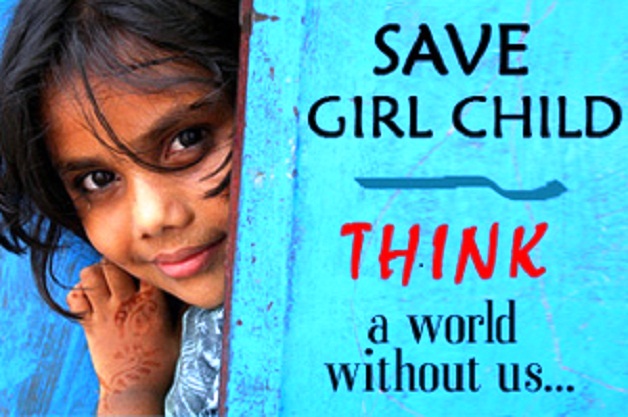“The gender gap: a wakeup call for Indian youth”
November 28th, 2013India’s abysmal ranking of 101 out of 136 countries in the 2013 Global Gender Gap Index comes as a wake-up call for a change in attitude and mindsets, writes Archita Gadia, 18, a Correspondent from Delhi in India who argues that youth must take action.
India is a paradox, full of contrasts.
We worship women as gods on one hand, with the other we lament the birth of the girl child.
Amongst the BRICS nations, the “next economic supergroup” poised to take on the dominance of the United States, India is ranked the worst by a very large margin. A country on the threshold of economic growth and development, it falls behind Brazil (ranked 62), Russia (61), China (69) and South Africa (17).
For a nation that counts 48 per cent of its population as female, this paints a stark picture of the continuously worsening treatment of women in the country.
One assumes that evils such as female feticides would occur primarily in rural India, where the uneducated prefer a boy who can “take care” of the parents when they grow old. The reality is however rather grim. Urban areas actually show more of a preference for the male child! Child sex ratio has deteriorated from 927 female births per 1000 male births in 2001 to 914 female births per 1000 males.
The popular Indian TV show Satyameva Jayate states a horrific fact. The situation is so dire that in the next ten years, there will be 20 million men in India who will be unable to find spouses. The end result could well be a marriage bazaar where women will be bartered and traded. Crimes against women could potentially grow and become more heinous. Add to this the increasing nature of sexual violence against women and the situation is probablyeven murkier than one could ever anticipate.
The laws are all there but effective implementation is lacking. What is most urgently needed is a change of social attitudes and mindsets. Also needed is a change in official positions. Female feticide must be considered as a serious crime, fast-track courts must be established for cases of violence and abuse, and an attitude devoid of shunning the female victim in society must be developed.
The stage is all but set. Instead of blaming the government or the “system”, it falls upon the shoulders of the youth of India – one of the largest compositions of any population worldwide – to take matters into their own hands. Only through their hands can India perhaps achieve full glory.
………………………………………………………………………………………………………………
About me:
I am an undergraduate student pursuing Commerce at the University of Delhi. I am a bibliophile who lives to read. I love to watch cricket and my stress buster is to sketch. I am passionate about social development and business, and hope to combine my two loves by working in non-profit management.
………………………………………………………………………………………………………………
Opinions expressed in this article are those of the author and do not necessarily represent the views of the Commonwealth Youth Programme. Articles are published in a spirit of dialogue, respect and understanding. If you disagree, why not submit a response?
To learn more about becoming a Commonwealth Correspondent please visit:
http://www.yourcommonwealth.org/submit-articles/commonwealthcorrespondents/
………………………………………………………………………………………………………………




